Circuit-Zone.com - Electronic Projects
Posted on Tuesday, June 7, 2011 • Category: Amplifiers
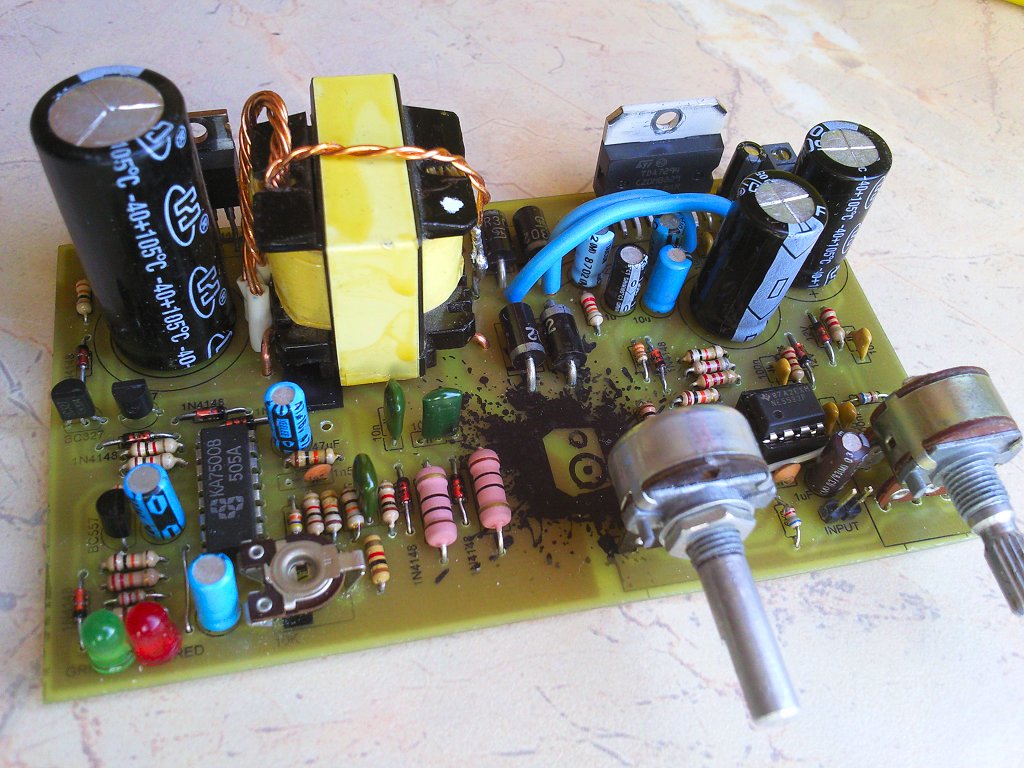
Complete car amplifier for subwoofer based on TDA7294 amplifier chip. This is a much powerful than previous TDA1562 based version (LINK), but its based on push-pull converter so its more difficult to build. Build-in low-pass filter, all on one one-sided 75mm x 125mm dimension PCB.
Posted on Monday, June 6, 2011 • Category: Headphone Amplifiers
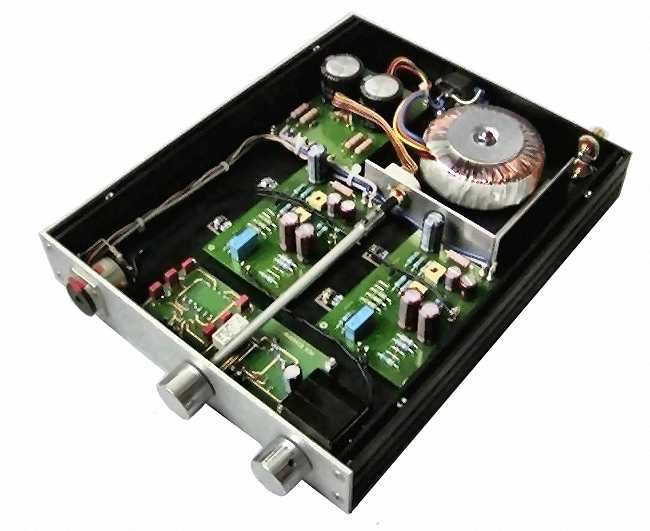 This is a scaled-down version of Nelson Pass' Zen power amplifier for my headphones. For this use, the Zen topology is perfect excellent sound quality, simplicity, linearity and no multi-stage feedback. It is a single stage class A MOSFET design with the right gain and a low output impedance. Here we don't have the limitations of the Zen amps at least in the single-stage implementations regarding speaker compatibility. A single stage topology with correct interfacing values misses very few things in the original music message.
The gain device in the original Zen amplifier is biased by fixed current source. For this amp, I employed an active current source described in Pass' patent no. 5,710,522 (see Zen Variations Part 2). The benefits of an active source include higher output current, lower distortion and 50% theoretical operating efficiency (compared to the 25% efficiency from a fixed source). This type of current source is featured in the Aleph power amplifiers from Pass Labs.
Posted on Monday, June 6, 2011 • Category: Headphone Amplifiers
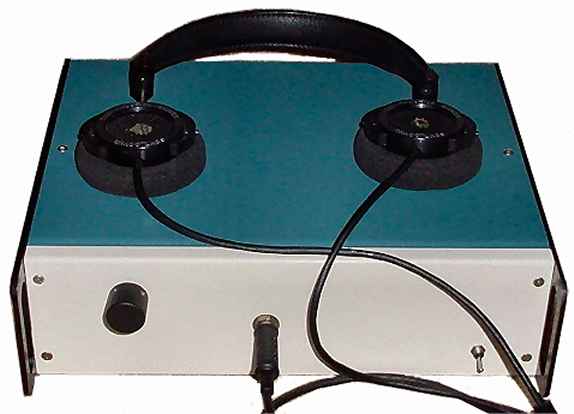 This class A headphone amplifier can output up to 0.5W into a 32-ohm headphones. I built this headphone amplifier for dynamic headphones based on my rules of proper audio design. People who know my designs will realize that this headphone amplifier is much more than just a headphone amp. It is a pure class A design containing a new never-before-seen servo loop that is not part of the audio signal chain in any way. The sound of this class A headphone amplifier is just amazing.
Posted on Saturday, June 4, 2011 • Category: Headphone Amplifiers
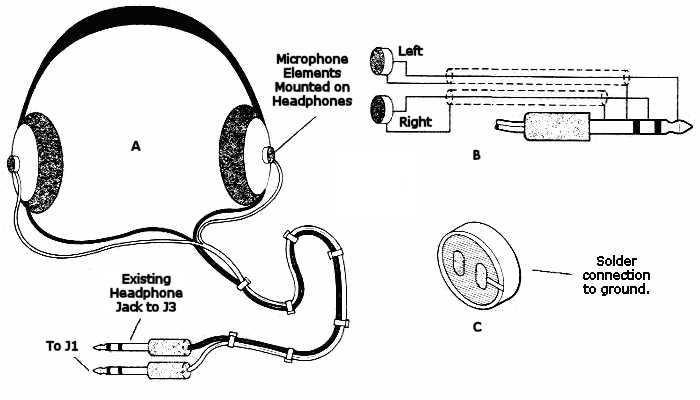 In today’s hectic and noisy world, we are all searching for a little peace and quiet. Well, you might not be able to slip off to a tranquil forest for an hour or two, but you can block out background noise with the Noise-Canceling Headphones. The theory behind this project is that by picking up ambient sound with a microphone and reproducing it out of phase, we can actively cancel or "null" out background noise. In fact, several commercially available devices perform the same function. However, by building your own headset, you can add features not otherwise available and have fun while doing it!
Along with noise-features, the Active Noise-Canceling Headphones let you mix in an auxiliary line-level signal from a CD or tape player. That allows you to minimize background noise while quietly listening to music. The project also has a phase switch that will let you keep the microphone signals in phase, thus amplifying background sound. In addition, the design of the Noise-Canceling Headphones lends itself to several other interesting functions, which we will look at later.
Posted on Wednesday, June 1, 2011 • Category: Amplifiers
 This circuit, connected to 32 Ohm impedance mini-earphones, can detect very remote sounds. Useful for theatre, cinema and lecture goers: every word will be clearly heard. You can also listen to your television set at a very low volume, avoiding to bother relatives and neighbors. Even if you have a faultless hearing, you may discover unexpected sounds using this device: a remote bird twittering will seem very close to you.
Ear amplifier is powered by 1.5V battery and draws only 7.5mA of current.
The heart of the circuit is a constant-volume control amplifier. All the signals picked-up by the microphone are amplified at a constant level of about 1 Volt peak to peak. In this manner very low amplitude audio signals are highly amplified and high amplitude ones are limited. This operation is accomplished by Q3, modifying the bias of Q1 (hence its AC gain) by means of R2.
Posted on Wednesday, June 1, 2011 • Category: AVR
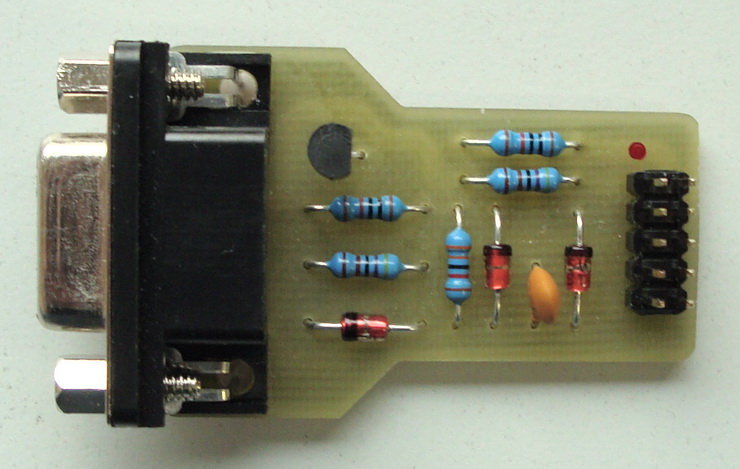 This is simple to build AVR programmer for Atmel microcontrollers from AVR family. The microcontrollers must support serial programming. AVR programmer is connected to a PC through the RS232 serial interface and can be used with the PonyProg or Avrdude software programmer. AVR programmer is quite simple and it is based on the SI-Prog from the author of PonyProg software.
AVR programmer can be used for programming Attiny13, Attiny26, Attiny2313, Atmega48, Atmega88, Atmega168, Atmega16, Atmega8 and it works very well. I also use the programmer with desktop computer, laptop, with and wihout USB-to-RS232 adapter and it works in all cases.
Posted on Wednesday, June 1, 2011 • Category: Amplifiers
 This simple tone control (bass & treble control) can be used in may audio applications. It can be added to amplifiers, used as a stand alone control module, or even built into new and exciting instruments. It uses NE5532 IC but other ICs such as LF353 or 4558 could be used as well. It requires dual +12V,-12V power supply.
Posted on Tuesday, May 31, 2011 • Category: Miscellaneous
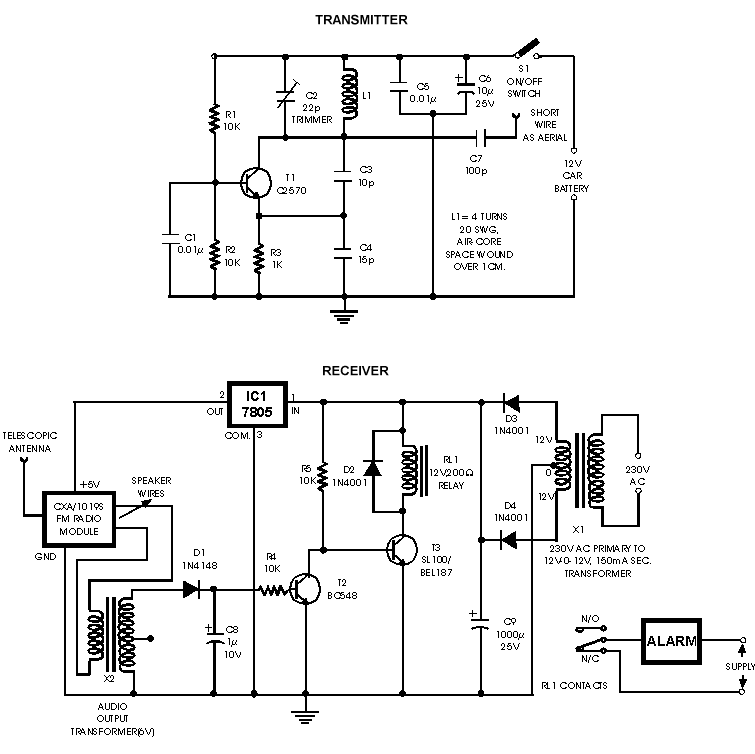 Alarm circuit is functioning as a car wireless security alarm. Yes, this is an FM radio-controlled anti-theft alarm. This alarm can be used on any vehicle that has a DC power supply 6-12V.
Alarm circuit system is divided into two parts, the transmitter unit and receiver unit. Transmitter unit is working on the range of VHF Band II, exactly at a frequency of 88-108 MHz. This transmitter is a miniature FM transmitter that is installed in vehicles at night while parked in the car porch or car park.
Posted on Sunday, May 29, 2011 • Category: Amplifiers
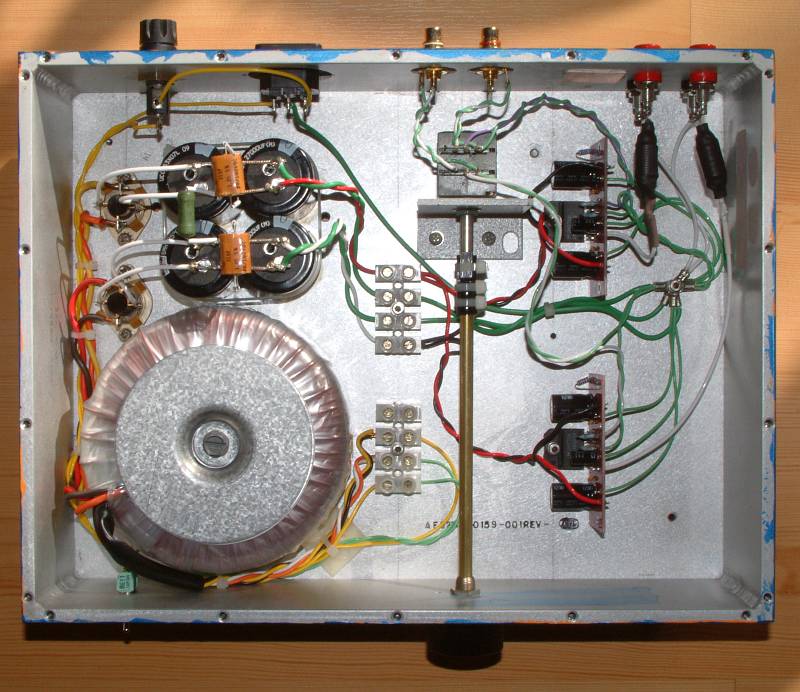 Several years ago, National Semiconductor came out with some very high performance, easy to use audio power LM3886 amplifier ICs. I was in need of an extra amplifier so I could biamp some of my home-built electrostatic loudspeakers so I tried the LM3886 chip.
LM3886 amplifier was chosen because of the ease of use, power output, turn-on and off thump suppression, low distortion, and built-in protection against shorts and thermal runaway. There isn't much more to ask of a power amp than that. When driving electrostatic speakers, you can't have too much protection.
Posted on Saturday, May 28, 2011 • Category: Test and Measurement
 This Field Strength Meter has been specially designed for our FM bugs. It is capable of detecting very low power transmitters and will assist enormously in peaking many of our FM transmitters that have a coil in the output stage that can be adjusted for optimum output.
Up to now, field strength meters have only been able to detect transmitters with an output of 100 milliwatts or higher, and for an output such as this, a simple circuit such as a meter and a coil is sufficient. But when it comes to a low power device, a simple circuit, with no amplification, is not suitable.
We spent more than 5 days building all the circuits we could find - that purported to be suitable for low-power transmitters, hoping to find one that would work.
Unfortunately none came anywhere near good enough so we had to design our own.
The circuit we came up with is shown above and it incorporates an RF amplifier, diode rectification, and a DC amplifier so that a movement from a multimeter (a movement is the 'meter' part of a multimeter) could be used as the readout. The heart of the design is a pair of diodes that are partially turned on via a resistor (the 100k sensitivity control) and this overcomes some of the .6v threshold of a diode.
You may not think .6v is very much but when you are talking in millivolt terms, it is 600 millivolts. The signal we are attempting to pick up produces one or two millivolts on the receiving antenna and if you need 600 millivolts to turn a diode ON, the field strength meter becomes very insensitive.
Circuit-Zone.com © 2007-2025. All Rights Reserved.
|